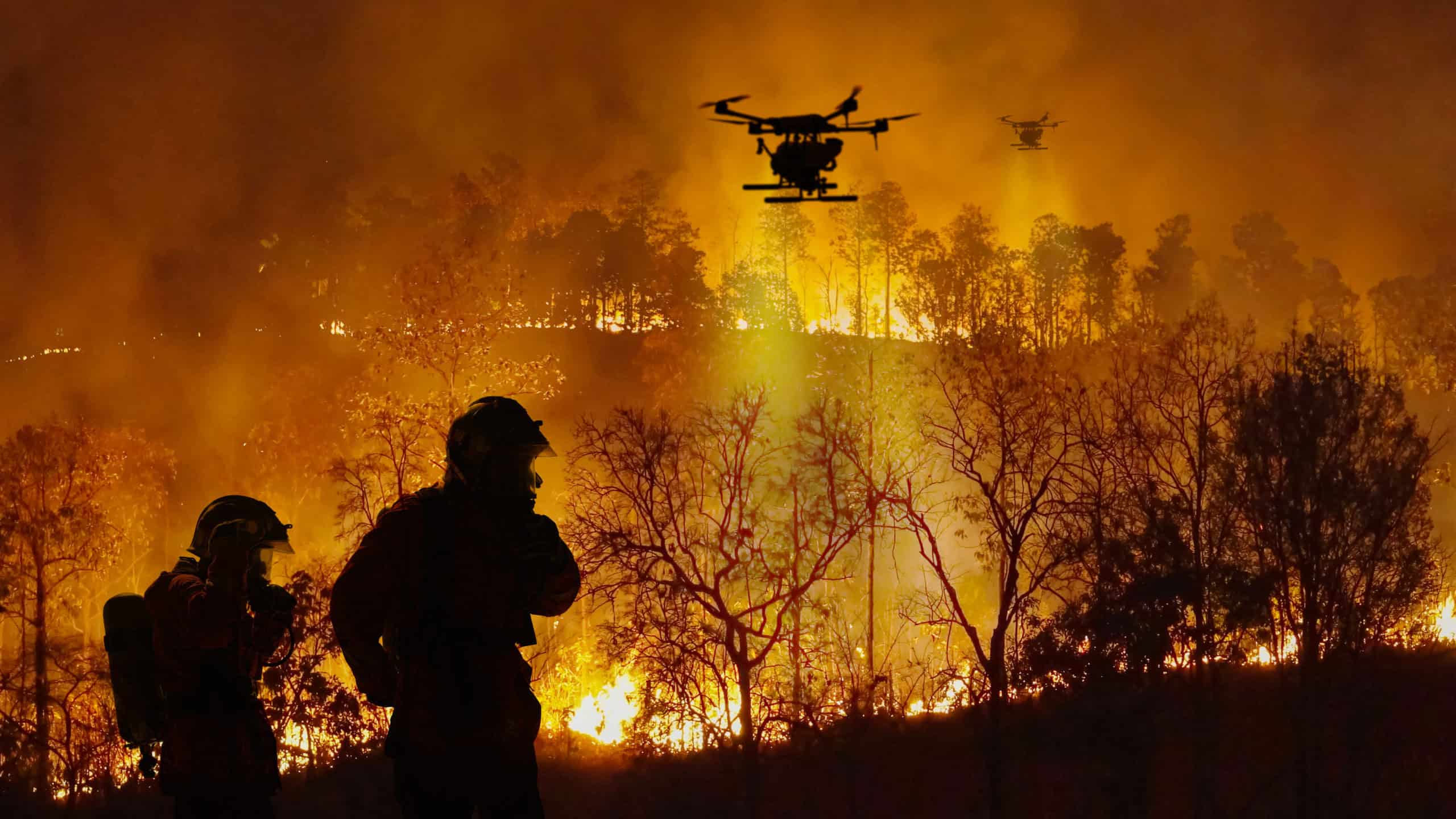With the prevalence of regional wildfires, it’s reasonable to be concerned about the harmful effects of the pollution that results.

Recently, there was a specific connection reported between the small particles associated with wildfire smoke, and conditions like Alzheimer’s and dementia.
The Alzheimer’s Association International Conference in Philadelphia, PA released a study based on over 1 million health records of individuals in southern California between 2009 and 2019.
They found that the likelihood of a new dementia diagnosis increased a lot more for those exposed to the particular wildfire pollution than with other types of similar airborne contaminants.
2.5PM Particles and Health Risks
The designation “2.5PM” refers to a specific size of particle pollution that’s about 30 times smaller than the diameter of a human hair. These microscopic particles make their way deep into the lungs, and can contribute to various health issues, especially for those who have risk factors like allergies, asthma, or certain respiratory conditions, or who are immunocompromised.
Although they are invisible, these particles also contribute to haze or smog, resulting in reduced air visibility.
In fact, the study was done in an area of the country where smog has been an ongoing issue for many years. Those living in Southern California cities are used to seeing smog on the horizon, and making the connection between air pollution and haze. In other parts of the country, it was a rude awakening to see particulate from regional wildfires actually start to impair vision: it showed people who have never actually measured air contamination how dire the problem is.
Key Findings of the Wildfire Smoke Study
So what is particularly bad about PM2.5 from wildfires? Specifically, researchers found that the odds of a new dementia diagnosis increased 21% for respondents with every additional one microgram increase of exposure to wildfire-based PM 2.5.
For non-wildfire particulate, that number was 3%.
So you can see that the wildfire pollution is much more impactful.
Sources of PM2.5: Where It Comes From
In addition to wildfires, PM2.5 is also caused by things like traffic and factory pollution.
Certain other kinds of particles like dust might also constitute PM 2.5, but the new finding is that the wildfire particles are especially hazardous in certain ways.
Getting Rid of Harmful Pollution in Indoor Air
One issue is the air that you breathe in common, on the street, out in public spaces. Then there’s the air that you breathe, day in and day out, in your own home. For anyone worried about exposure to PM2.5 in their homes, there’s a solution – modern air purifiers clean the indoor air, scrubbing it of contaminants and particulate matter that can be hazardous to human health. Get the right kinds of air purifiers for fires and rest easy!
There are also air monitors that can help you to assess what’s present in your indoor air – whether you have a particular rate of exposure or not. That’s a key innovation when it comes to figuring out whether to invest in a certain kind of cleaning for your indoor air.
After assessing the condition of the air with monitors, air purifier units can be placed strategically as needed. The AirPura V600 is one unit that can be helpful for filtering wildfire PM2.5. Another is the Austin Air Healthmate.
It’s unlikely that the threat of wildfires is going to decrease nationwide or across the hemisphere, so this is likely to be an ongoing issue.
We can help customers to choose units for specific size considerations and more. There are also multiple kinds of new technology for dealing with indoor air contaminants. Some units, for example, use a filterless system that heats contaminants to destroy them. Some use ultraviolet light. There are all sorts of appliances for the specific hazards and exposures that you may have inside of your home. Let US Air Purifiers LLC™ steer you in the right direction when it comes to getting your home air clean and breathable all of the time.